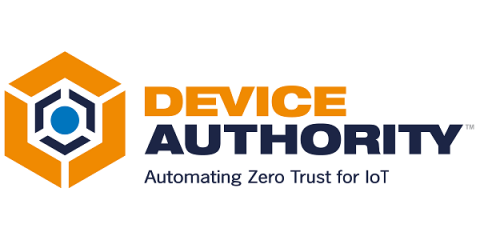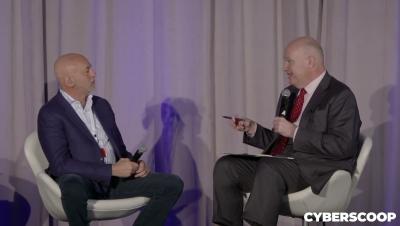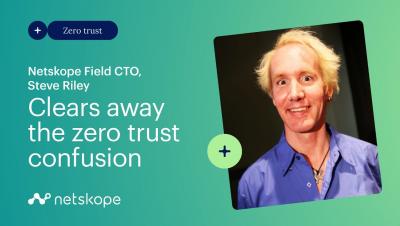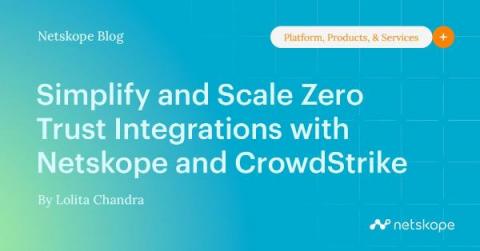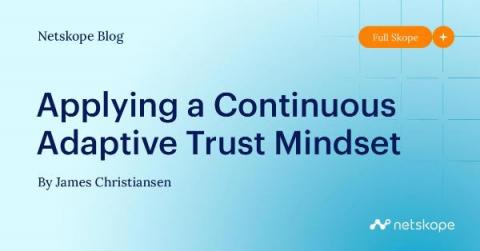Security | Threat Detection | Cyberattacks | DevSecOps | Compliance
Zero Trust
Is the EU Cyber Resilience Act Really Possible Without Zero Trust Automation?
In May 2021 President Joe Biden issued out Executive Order 14028. The order focused on “Improving the Nation’s Cybersecurity” to support and protect the nation’s critical infrastructure and Federal Government networks. This directly relates to the trustworthiness and transparency in ALL digital infrastructure – IT, OT, IoT, IIoT.
Zero Trust Summit Executive Interview with Jim Dolce
Zero Trust Summit Fireside Chat with Jim Dolce
What is Zero Trust?
Simplify and Scale Zero Trust Integrations with Netskope and CrowdStrike
We’ve seen major shifts in the digital landscape that have far reaching implications on organizations around the world. These include the widespread adoption of hybrid work, the accelerated migration from on-premise to cloud resources, and the exponential increase of data in the cloud.
What is Zero Trust?
Elastic provides the foundation for the DoD's pillars of Zero Trust Networking
Applying a Continuous Adaptive Trust Mindset
The term “zero trust” is the lack of implicit trust. When we started with “zero trust,” we no longer trusted users because they weren’t on our network domain. As our staff went remote, we had to input stronger authentication to move from zero trust to some level of implicit trust. The problem is that trust is all or nothing.
Implementing zero-trust workload security on Amazon EKS with Calico
Whether you’re migrating to the cloud via lift-and-shift deployments, or re-architecting to a cloud-native architecture, the migration itself and adopting a microservices architecture is no easy feat. To accelerate their cloud-native journey, many organizations opt for a managed Kubernetes service, as the skill and resources required to run a container orchestration system at scale are demanding.



